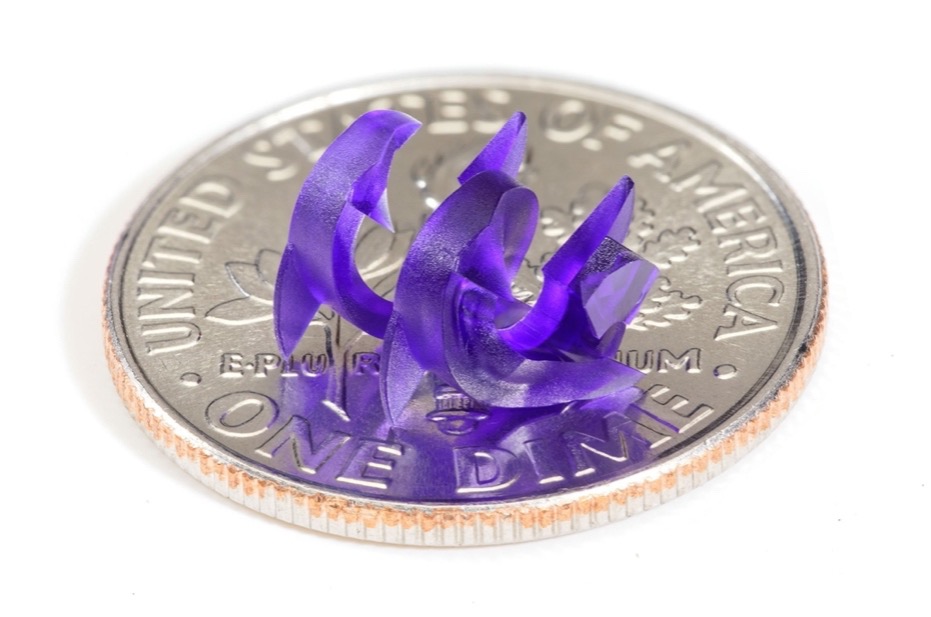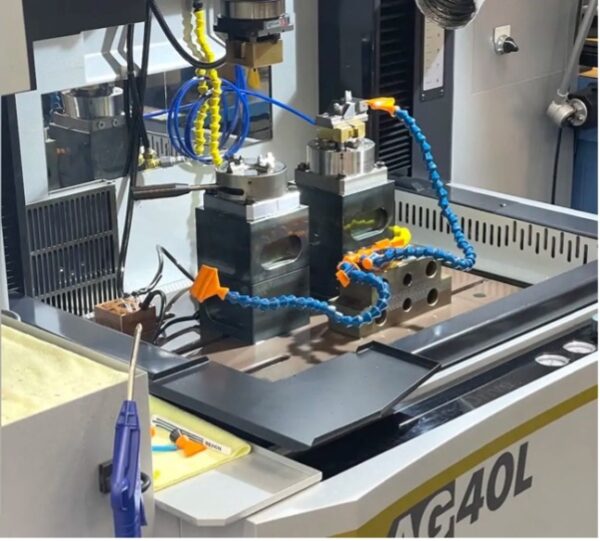The Art of the Small: Strategies for Success in Micro Molding

Micro molding, a specialized manufacturing process, produces small and high-precision components with micron tolerances.
The constant demand for miniaturization and higher complexity geometries for medical and electronic devices drives the continuous evolution of this technology. Understanding the challenges of micromolding is necessary to generate solutions that meet the requirements of this demand.
You can also read: Maximizing Injection Molding Simulation
In general, experts have identified these issues in micro molding associated with tools, materials, and the process.
Navigating Tooling Complexity in Micro Molding
Designing and fabricating micromolds is the most challenging aspect of micromolding. It requires advanced computer-aided design (CAD) and computer-aided manufacturing (CAM) for tight tolerances and smooth finishes.
Isometric Micro Molding mentions that the best way to mitigate the risk of faulty molds is through experience. Some recommendations include using Creo as design software because it provides an extra decimal resolution. It also emphasizes that molds are built with a tolerance of less than 20% of the final part. This way, the subsequent processes (molding, material drying, gage repeatability and reproducibility (R&R), etc.) absorb the remaining 80% of tolerance.

Isometric Micro Molding has more than 30 years of experience in the ultra-precision mold building industry. Courtesy of Isometric Micro Molding.
Integration of Biocompatible Materials for Medical Applications
The quality of the final component is directly influenced by material selection. In micro molding, can be processed a wide variety of thermoplastics. However, medical applications require biocompatible materials. This challenge confronts companies.
Biocompatible materials have different sensitive flow and cooling characteristics. Improper processing of these materials can lead to degradation and, consequently, low quality and incompatibility of the manufactured part.
Companies like MTD Micromolding have developed bioabsorbable materials that meet the necessary processing characteristics. Additionally, they dissolve or are absorbed by the body, eliminating the need for additional surgical interventions.
Adoption of Industry 4.0
Obtaining high-quality components depends not only on specialized equipment but also on operating conditions. Parameters such as mold temperature, melt temperature, injection pressure and speed, and cooling time can affect the final product. For example, inadequate injection speed and pressure will result in unfilled small cavities of the mold, leading to defective parts. Also, incorrect residence time can cause material degradation, color and property variations, and contamination.
Integrating Industry 4.0 is pivotal to overcoming these problems, which, in turn, challenge repeatability and consistency in production. Accumold uses simulation software to predict and optimize processes through simulations. These enables observation of material behavior, reducing operation times and costs. Furthermore, implementing automation and robotics for part handling and assembly is advantageous to diminish the risk of contamination and damage during the handling of micro components.
Micro molding is a technology that requires creativity and skill in design, as well as a deep understanding of material science and good knowledge of quality control and new Industry 4.0 technologies. Without these characteristics, the production of complex, reliable, and miniaturized components is intricate.
